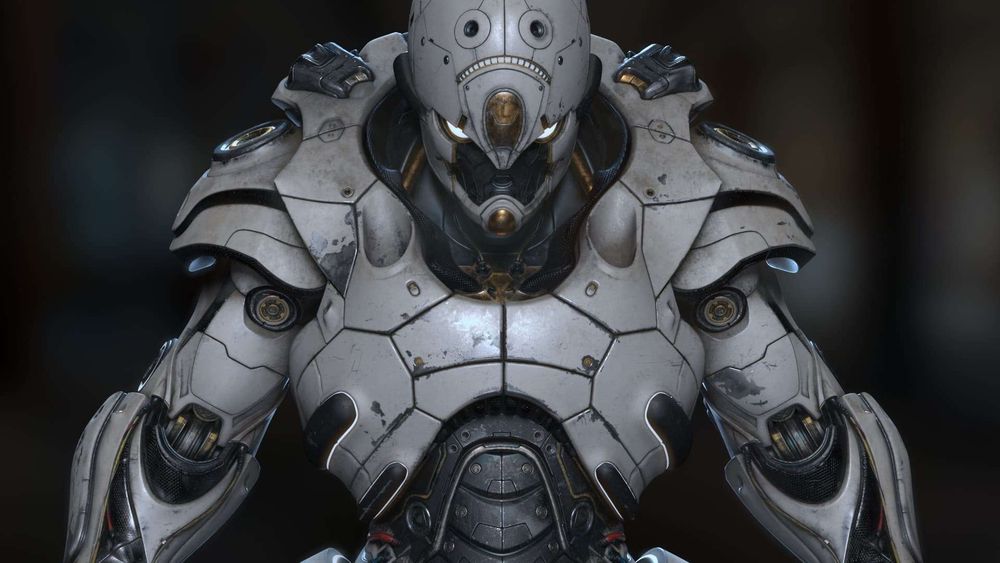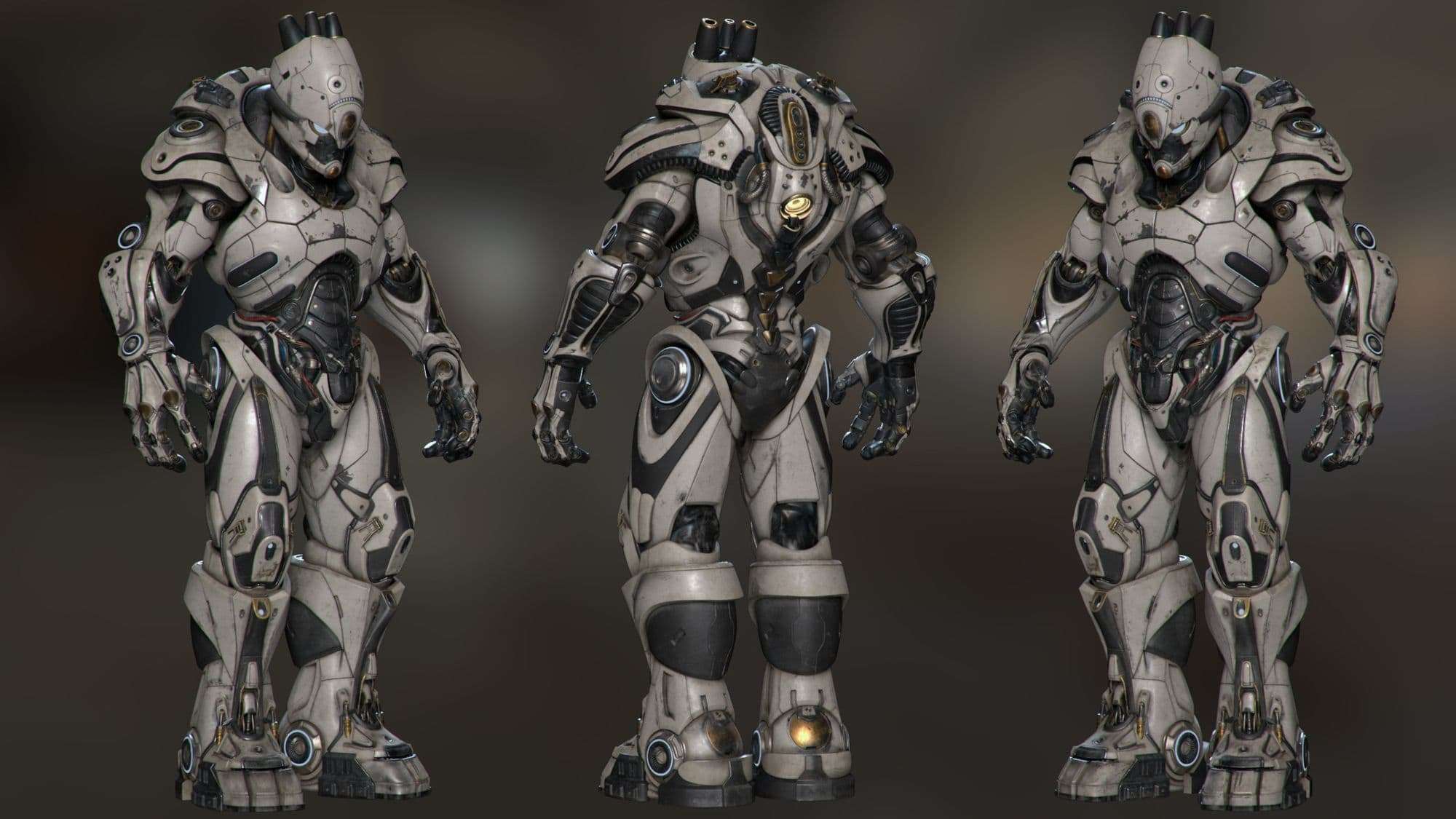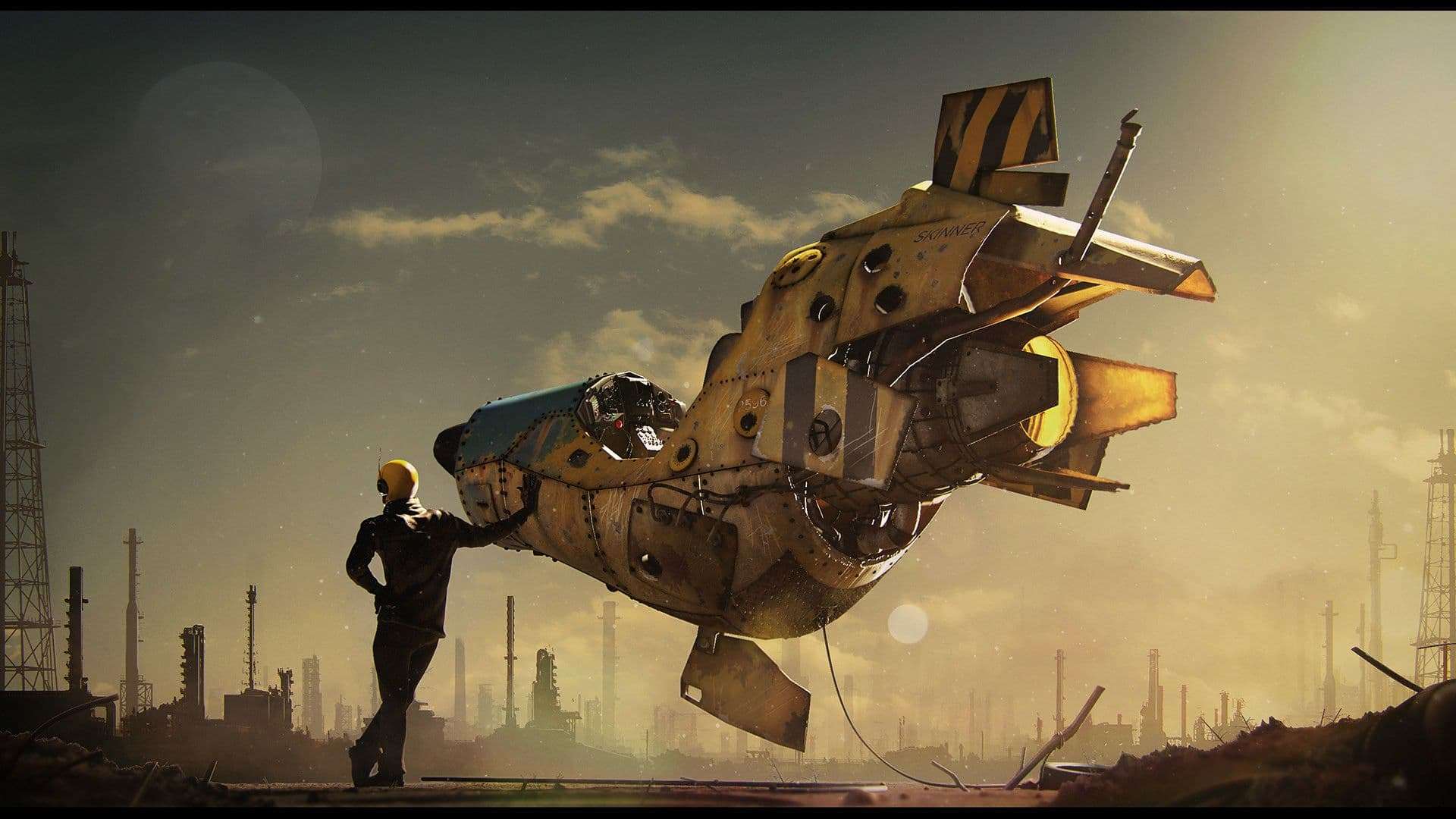
Career Advice - Working as a Texture Artist at Weta Digital with Paul H. Paulino
Weta Digital's Paul Paulino, gives Invaluable advice to other artists looking for an exciting and challenging career in visual effects.

Weta Digital's Paul Paulino, gives Invaluable advice to other artists looking for an exciting and challenging career in visual effects.
Want a successful career working as a Texture Artist for high profile visual effects feature films? Texture Artist Paul H. Paulino sits down with us to share his journey to Weta Digital and provides some invaluable advice to other artists looking for an equally exciting and challenging career.

I'm currently working as a Texture Artist. The role and responsibilities of a Texture Artist can vary from company to company, but most of the time we are expected to work closely with a Shader Artist, providing a set of texture maps to achieve the desired look of a certain asset. Since I'm working in the VFX industry, most of the time I'm expected to achieve photorealism with my textures, so I use real-life references and do my best to match them as close as I can.
At Weta Digital. I'm currently working on the upcoming Disney's Jungle Cruise movie and other shows that I cannot disclose yet. Within these projects, I had the opportunity to work on a variety of assets, from environments to digital doubles. These assets allow me to expand my skills, by working procedurally and also painting.
To be honest, I didn't know until 2014 that I wanted to work in the VFX industry. At that time I had just graduated from university with a Bachelor in advertising and was gathering experience as a video editor, assistant director and motion graphics artist. After feeling frustrated with what I was doing, I decided to learn new skills and in that process, I found out about the industry. I did my research and finally had the opportunity to leave Brazil and move to Canada to study.
Back in 2015, right before finishing school, I finished my student demo reel to enter to The Rookies (at the time it was called CG Student Awards). I did my best to deliver in time for the competition, even though I had only finished one texturing piece.
After showing that piece to one of my instructors, Matt Novak, he referred me to his team at Scanline VFX who gave me my first experience in the industry.
As I mentioned before, I left everything behind in Brazil to study in Vancouver, Canada. I had the opportunity to study at Think Tank Training Centre, a small but superb school that was essential for my growth as an artist. I arrived there without any experience in 3D and left a year later with my first job as a VFX artist.
Before my first interview, I was extremely nervous. Aside from the pressure of only having one piece on my reel, the fact that I was an international student would make things even harder for them to hire me at the time. But I was confident and answered all their questions with a smile on my face and a willingness to learn.
My advice for those who are starting is to be honest and confident during your interview. If they brought you in for an interview, it already means something, so use that in your favour to show the interviewers that you're awesome and that they will love to have you on their team.

In a typical day as a texture artist, we will receive a texture task from our show coordinator and then begin the research process. At this stage, we would find references that are relevant to the asset in question and then discuss with our lead what the goal is; how much resolution we will need for that asset and so on. It is also crucial to touch base with our assigned shader artist, so we are on the same page about which maps are going to be used/needed for each asset.
After going back and forth for a bit, we send the asset for review and wait for the supervisor's feedback. If there are any notes, we will go back and fix it, if not, we send the asset to someone down the pipeline. Sometimes we will have to review the asset in a shot context, and if the supervisor has extra notes, we go back and address these.
The main tools that I use daily are Mari, Nuke, Substance Designer, Maya, Houdini and Photoshop.
I work closely with the Models and Shaders department. Our Texture department is awesome! We have an incredible range of talented texture artists here that are always willing to share their knowledge and help others. I'm always learning something new. We are supervised by Yann Provencher who is our HOD and also one of the judges on The Rookies.
Being a texture artist allows me to be a storyteller, and I usually like to say that each stroke on an asset is part of a story being told. So I never want to change this experience of telling stories through my textures.
Aside from passion and a positive attitude, most VFX studios are looking for junior artists that have a good eye for detail, are able to interpret references and also showcase curiosity to understand how things function in real life.
Be diligent, do your research and craft a concise portfolio showcasing your best skills, without overloading it with unpolished pieces. Less is more!

Big shout out to the team at Weta Digital for helping publish this inspiring article. Please follow these links to find more out about Paul H. Paulino and his amazing work: Artstation | Instagram | LinkedIn | Facebook